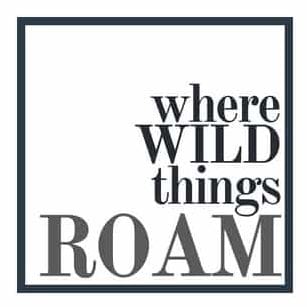Australian Government commits to threatened species
On World Endangered Species Day, the Australian Government has released the Threatened Species Strategy 2021 – 2031, prioritising action and investment and setting the direction for efforts to recover Australia’s threatened plants, animals and ecological communities over the next ten years.
Australian plants, animals and landscapes are unique and distinct and core to the country’s identity, culturally significant to Aboriginal and Torres Strait Islander peoples, crucial to the health of the environment and a solid contributor to the economy.
The Australian Government is committed to safeguarding Australia’s biodiversity and supporting the recovery of the country’s threatened species. The new 10-year Strategy builds on the momentum of the first Strategy launched in 2015. It is a blueprint for protecting Australia’s biodiversity, establishing a national prioritisation framework for threatened species that target a broader range of species, focusses on essential native habitat, and drives the development of new technologies.

The Australian Wildlife Conservancy welcomes 10-year Threatened Species Strategy. Chief Executive Officer at the Australian Wildlife Conservancy (AWC), Tim Allard, said the Government’s renewed commitment and investment in conservation is a positive step towards protecting Australia’s precious biodiversity.
Mr Allard says the trajectory for threatened species is on a rapid decline, and the Government needs to ensure the forthcoming 5-year Action Plans outline clear and committed actions on the ground.
“Goals and commitments to protecting and recovering Australia’s 1,800 threatened species need to be defined upfront and actioned accordingly.”
Released on 21 May 2021, the new Strategy was prepared in consultation with the Australian community. It draws on the lessons of the 2019-20 Bushfires to identify and adapt to sudden threats from an increase in natural disasters. It calls for a more coordinated approach to culling feral pest animals and weeds that are pushing species to extinction. It plans for the deployment of new monitoring technologies, including drones and environmental DNA.

Images supplied / Main image – WWF Australia






